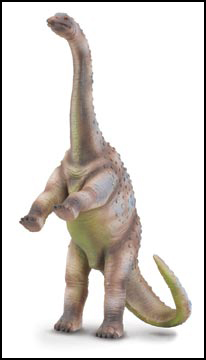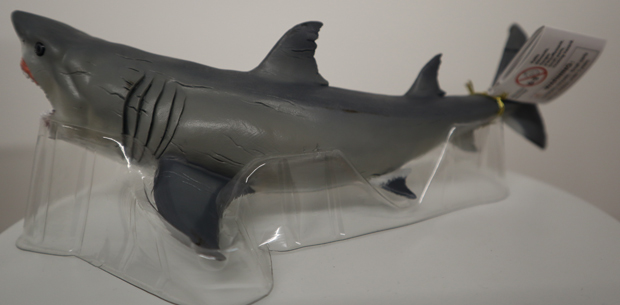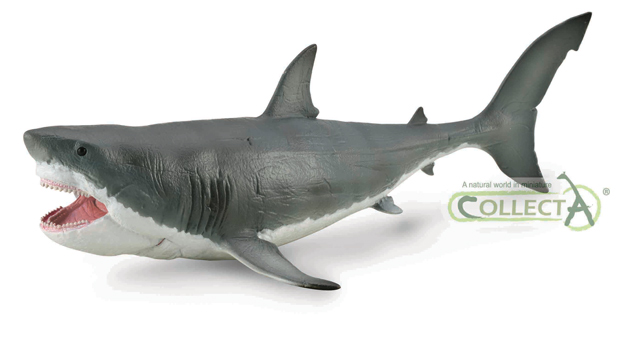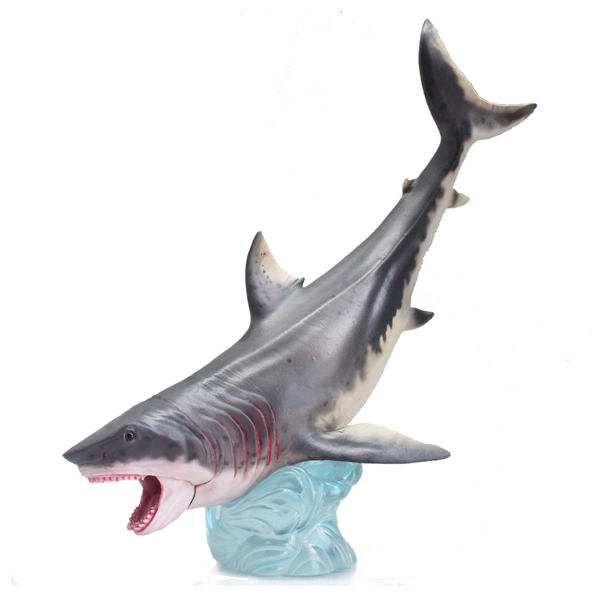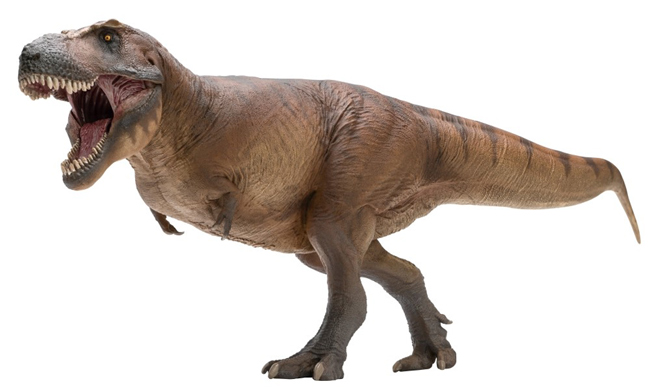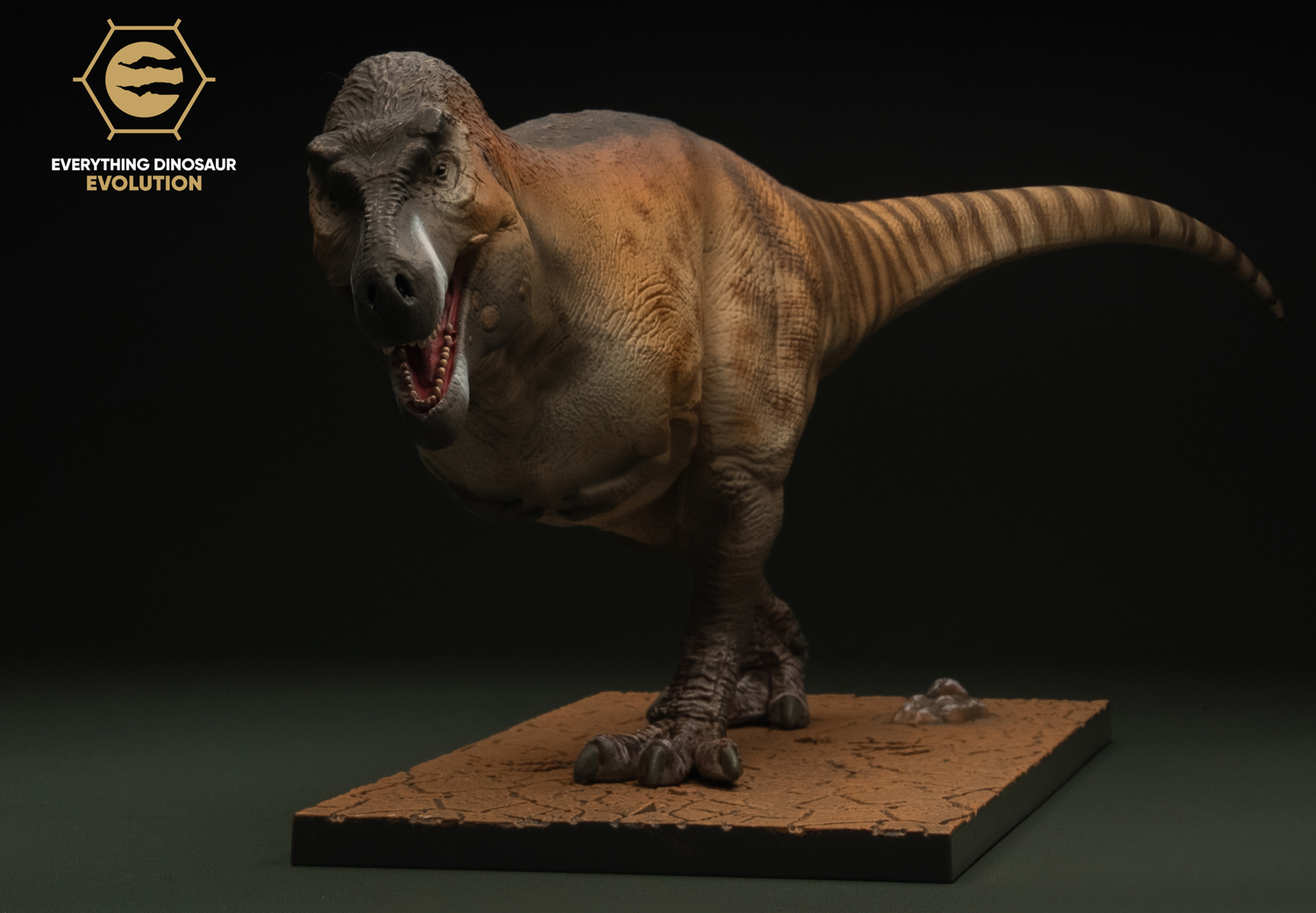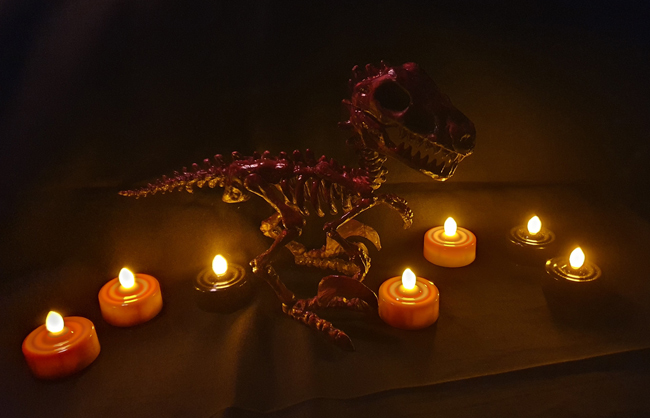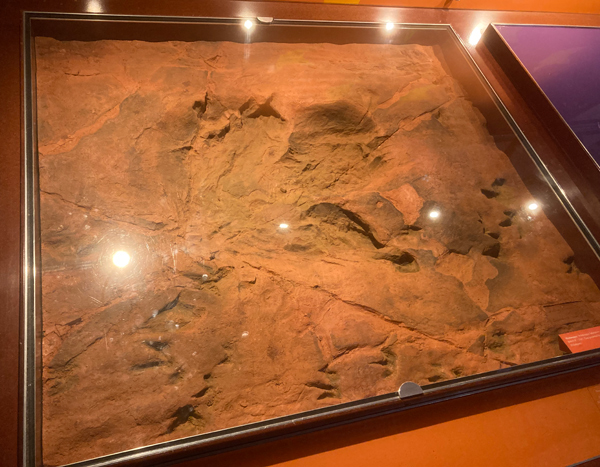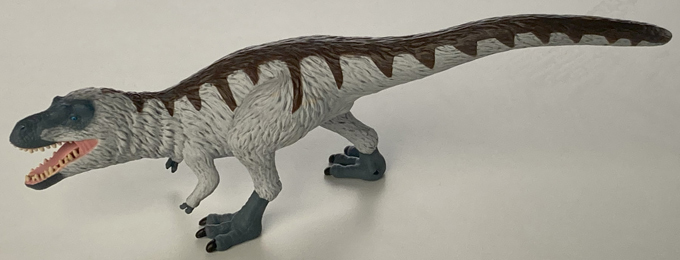Dinosaur and prehistoric animal themed articles, features and stories.
Making a Successful Prediction in a 1926 Scientific Publication
The Australian sauropod Rhoetosaurus brownei was named and scientifically described a hundred years ago. It remains the only Jurassic sauropod known from Australia. Remarkably, it was the first dinosaur named from Australian fossil material. Rhoetosaurus might not be the best-known sauropod, but we remember the excitement when our friend Anthony Beeson designed a model of this iconic dinosaur for CollectA. Having already added a Brachiosaurus figure to the CollectA range, the CollectA Rhoetosaurus model represented a departure for the company. Firstly, many dedicated and devoted model collectors were unaware of this dinosaur. Secondly, it was the first sauropod figure made by CollectA to be depicted in a rearing pose.
The CollectA Rhoetosaurus Model
Measuring around seventeen centimetres tall, the CollectA Rhoetosaurus model was introduced more than fifteen years ago. The CollectA Age of Dinosaurs range was growing fast. Models of Tyrannosaurus rex, Triceratops and Stegosaurus existed. However, the Rhoetosaurus demonstrates the manufacturer’s desire to highlight less well-known prehistoric animals. This desire continues today. For example, CollectA will add a phytosaur model, a first for the company.
Mike from Everything Dinosaur commented:
“We applaud the efforts of the design team at CollectA to introduce dinosaur fans and model collectors to some of the more unusual and overlooked members of the Dinosauria.”
To view the extensive CollectA Age of Dinosaurs model range: CollectA Age of Dinosaurs Models.

The CollectA Rhoetosaurus model is also available as a mini dinosaur model. It is part of the sauropod model set introduced by CollectA in 2024.
A Prediction in a Scientific Paper
Rhoetosaurus brownei was scientifically described by Heber Longman. At the time, this distinguished scientist was director of the Queensland Museum. The paper describing Rhoetosaurus was published in the “Memoirs of the Queensland Museum” in March 1926. Remarkably, in conclusion Longman made a prediction about future dinosaur discoveries “down under”.
He wrote:
“In view of the prodigious variety of dinosaurian forms recorded from other parts of the world, illustrating the “bizarrerie” of nature to a degree unsurpassed by any other group, it will not be surprising if many additional forms are found in the future in Australian deposits.”
Given the vast size of Australia and the country’s geology, further dinosaur fossil finds were something of a safe bet. Over the last hundred years a wide variety of dinosaur taxa have been named including sauropods. For instance, Diamantinasaurus matildae, Savannasaurus elliottorum and Wintonotitan wattsi. In addition, the largest Australian terrestrial animal is another sauropod, the gigantic Australotitan cooperensis. However, the taxonomic validity of some genera has been challenged.
To learn more about the confusing taxonomy of Australian sauropods: Describing and Classifying Australian Sauropods.
Although all these sauropods were discovered in Queensland, the same state as the Rhoetosaurus fossil material, none of these dinosaurs were closely related to Rhoetosaurus. Sauropods such as Wintonotitan, Diamantinasaurus and Savannasaurus lived millions of years after Rhoetosaurus had become extinct.
More Fossil Specimens Needed
Additional fossil specimens are needed to help resolve and clarify Australian sauropod taxonomy. Heber Longman was proved correct when, back in 1926 he predicted more Australian dinosaur discoveries. However, over a hundred years later, we await a second Jurassic sauropod fossil discovery in Australia.
Perhaps 2026 will change that…
For prehistoric animal models and figures, visit the Everything Dinosaur website: Dinosaur and Other Prehistoric Animal Models.


